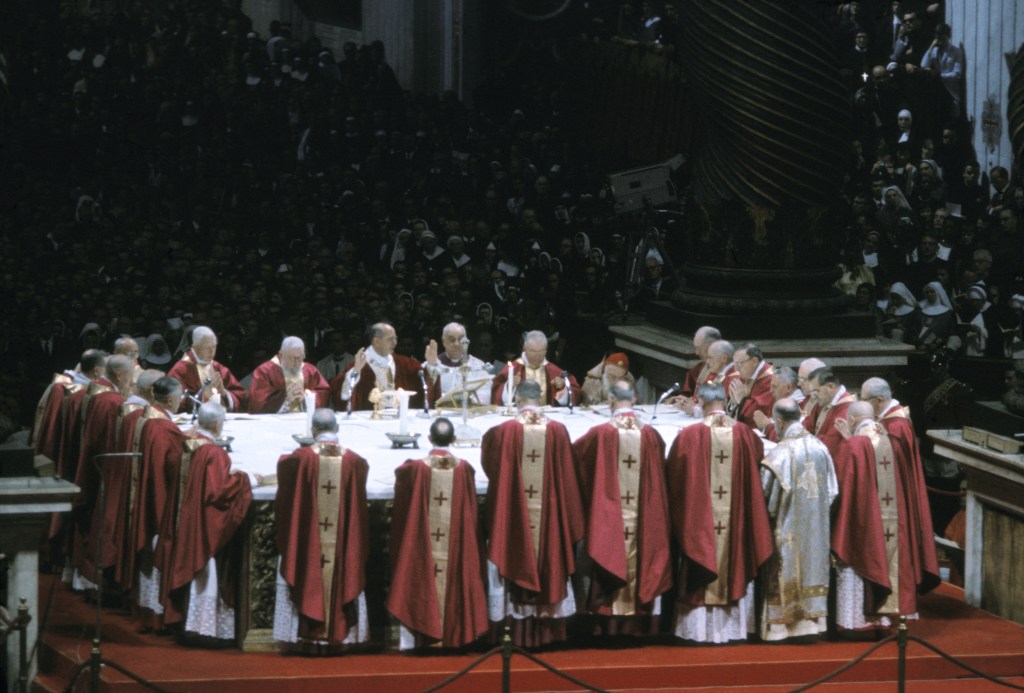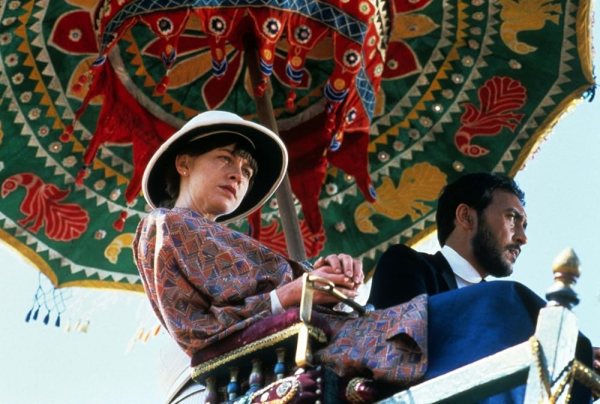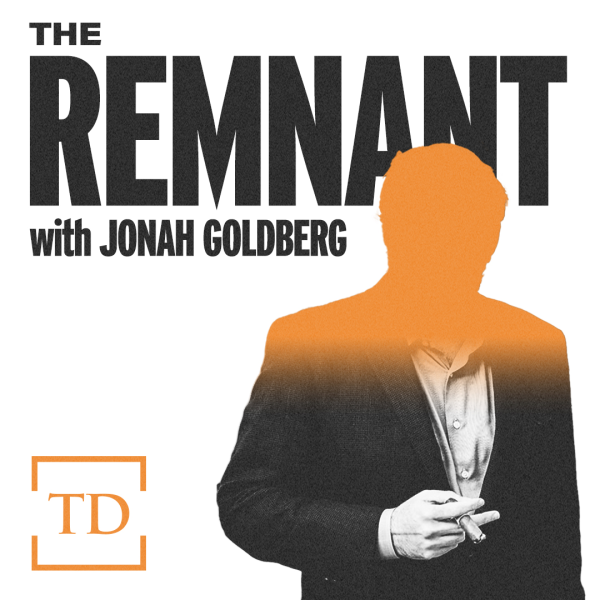October 11, 1962, marked a monumental moment for the Roman Catholic Church. With the Second Vatican Council, the bishops of the world met in order to enable the church to open itself up to the modern world. Documents were promulgated, all full of beautiful and lofty language, addressing the concerns and positions of the church for a modern world. That beautiful and lofty language brought renewal to the church, but the changes it wrought are still being debated these 60 years later. What should be the united body of Christ has instead fallen into division over liturgical preferences.
I grew up in a small parish in the hard coal region of central Pennsylvania. Our parish had three priests and a school staffed by eight Sisters of Mercy. Every Sunday, and in fact every day, the celebration of Mass was predictable: One sung High Mass and two Low Masses. One of the unique characteristics of the parish was that we, the whole congregation, responded to the prayers of the priest. We sang the Chants of the High Mass and the horrible hymns set to baleful Irish ditties at the Low Mass. This was not the case in every parish in town and I always attributed it to the fact that we always had a newly ordained priest who was “up to date” on what the Vatican Council would bring and an old Irish pastor willing to adapt to the needs of the people. All in all, the parish was well-prepared for the changes that were to come, or at least we thought we were.
The Document on the Divine Liturgy had the most significant effect on the daily lives of ordinary Catholics. The major change it introduced was that vernacular language was allowed into the celebration of the Mass. While prior to the Second Vatican Council, most Masses included very little opportunity for lay participation, the Document of the Divine Liturgy encouraged the people of the church to a full and active participation.
That we would be active participants in the work of worship was all very exciting, and, if memory serves, most of the people of the parish were engaged in the changes. There was still a sense of reverence and awe. We knew that what we were about was holy. But as the changes in the liturgy continued to pour forth from Rome somewhere along the way things began to shift. New prayers, “contemporary” hymns—just as bad as the old ones—more English and the priest celebrating Mass facing the people. The Daily Missal was replaced by a paper “Missalette.” The number and volume of changes seemed to overwhelm everyone.
I remember on Sunday the priest telling us that there are a lot of changes in the Mass today, just follow along in the missalette. Really, no explanation, no education, just “follow along.” What at first was exciting now became unsettling. The focus of worship was gradually shifting as the reverence slowly slipped away and a much more casual atmosphere prevailed. One Palm Sunday the entrance hymn was accompanied by a clip, clop, clip, clop on the marble floor as the pastor came down the middle aisle riding a donkey. I suppose he was trying to make the moment come alive and present for the people. My father told us to get out of the pew: We were leaving and going to the Ukrainian Church. He said, is a whisper that could be heard a block away, “When I can’t tell the difference between the pastor and a jackass, we are out of here.”
The “adaptations” continued. The church building, which was only a few years old, saw the altar moved from against the back wall, the statues removed, the chair for the priest raised on a platform, the tabernacle moved to the side and the communion rail cut up and removed. I remember someone asking the priest why this was being done. He told the parishioner that this is what the church wants. The response from the inquirer was simple: “You keep telling us we are the church and the church was never asked.”
I do believe that the liturgical changes have been fruitful. The liturgy can be celebrated with great dignity, reverence and grace, despite the efforts of some. I have seen my share of clown Masses, balloon Masses, “Here Comes the Sun” Masses, Mardi Gras Masses, feast of fools Masses, and, yes, jackass riding jackass Masses in my 72 years, but I still believe in the noble simplicity of the Roman Rite.
I was ordained a priest in 1979, long after the upheaval of the late 1960s and early 1970s. Like most of my confrères, the struggle was always to walk the line between liturgical freedom and fidelity to the liturgical law. Looking back it was always hard for a priest not to draw attention to himself in the pre-Vatican II Mass. The current edition of the Roman Missal is more direct and some would say restrictive. At first I found the rubrics of the Missal rather limiting to my creativity. It felt like being boxed in. The “liberals” bemoan these constraints and continue to ad lib while the “conservatives” on the other hand wish there were more constraints in place.
I have found a true freedom in simply doing what the church asks of us. If we are to encounter the Christ God in and through the liturgy, I firmly believe that the persona of the priest has to get out of the way. The Mass is not about me. I believe that the priest should disappear so that the true focus of worship, the eternal and immortal God can be seen. What must be seen of the priest is his heart. A heart filled with mercy, compassion, and love. People expect to know what the priest believes, what he struggles with, what is in his heart. I am not convinced people come to worship to be entertained and hear a canned homily but rather a homily that assures the people in the pews that they are not alone in their struggles. If God’s word does not catch their attention, no silly story or impressive literary quote will either. Worship can and has unfortunately become a point of division.
The division we experienced is once again coming to the surface as we see the tension that exists between people who want the “old” Mass and people who prefer the “new” Mass. They argue that one is better than the other. This is, by the way, not an argument. The Mass is the Mass celebrated in either form, and the church has recognized multiple rites as valid for far longer than this argument has taken place. The church and its liturgies are beautiful and holy, but as long as human beings are involved it is going to be messy. I see the same extremes of the 1960s and 1970s arising today only in a different form.
In our society today, taking sides and division seems to be the name of the game. The church exists in society and is called to make our communities and lives better for Her presence. Yes, we are human, yes, we have preferences, yes we have our likes and dislikes, yes we love to be noticed, yes we demand attention, yes, we want it our way. Liturgy is indeed the work of the people and people are messy. Yet, at least for me, in all of this messiness there is Christ present in our midst and in our lives—most of the time in spite of us.








Please note that we at The Dispatch hold ourselves, our work, and our commenters to a higher standard than other places on the internet. We welcome comments that foster genuine debate or discussion—including comments critical of us or our work—but responses that include ad hominem attacks on fellow Dispatch members or are intended to stoke fear and anger may be moderated.